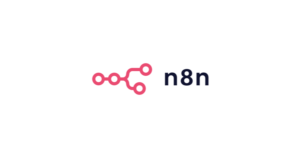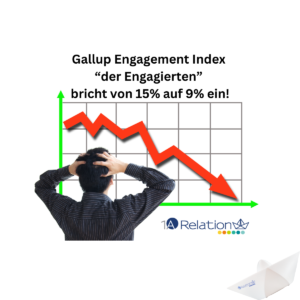There has always been individual programming for CRM and MarTech, but it has rarely been reported. Lately mostly only for certain modules or special areas. Templates or standards have been developed for each industry. This gave the impression that individual programming is no longer necessary. But it seems: Individual instead of standard software for CRM and MarTech is in trend.
Individual instead of standard software for CRM and MarTech is the trend:
30 years ago I started my professional career with Yves Rocher. Within my 8 years I was allowed to supervise many development projects in which users and IT had to be coordinated. At that time everything was individually tailored to the needs of the users. No standard. The software market has been changing for about 20 years. More and more standard software came on the market. All based on the SAP ERP model. Especially the weaknesses of ERP providers led to a still growing market for new software: CRM and MarTech software.
And the market is growing and growing
Current market assessment is: “The global CRM software market was valued at about $25.5 billion in 2018 and is expected to grow to $36.53 billion at a CAGR of 9.4% through 2022. Major players in the market are Salesforce, Microsoft, Oracle, SAP and SugarCRM. Source: BusinessWire (explanation of the abbreviation: CAGR stands for Compound Annual Growth Rate, source Wikipedia) The Gartner analyst team even speaks of a higher figure for 2018: “Worldwide spending on customer experience and relationship management (CRM) software grew 15.6% to reach $48.2 billion in 2018 …”.
With Customizing to individualize the standard
With these CRM and MarTech providers, the term “customizing” was also added. This means that you do not have to stick to the standard, but can customize the product to your needs with your own programmers or service providers.
Some companies stayed close to the standard and became unhappy with it. Others programmed their own world far beyond the standard in order to get a USP to the competition, to get their own processes supported to the maximum. However, in many cases this was at least as expensive as custom programming. After a few years, the big shock often came: The standard program is no longer being developed. The company had to choose a new software. And after the selection had been made, the special features of the last few years all had to be reprogrammed or customized.
But too much effort to adapt the standard software? In 2019, there were two interesting reports about this
First, Tesla reported that it is replacing Salesforce with its own CRM software. On the other hand, Uber’s competitor, Lyft, also reported that a team of about 20 people had programmed their own marketing automation solution. Individual software instead of standard solutions for CRM and MarTech is the trend.
This has also become much easier in the meantime. Already at the MarTech-Conference 2018 in Boston Scott Brinker presented Chart 67 (in the linked presentation), which clearly shows the development of Low Code and No Code (LCNC) software. In January Barry Levine from Third Door Media wrote about Scott’s ideas. In April, at the presentation of the 2019 MarTech-Landscape, Scott added to these statements. This LCNC called development allows the user to link or install apps or modules by himself.
Conclusion or final remark:
In the end it is like with AI: It is necessary to understand these functionalities, how the whole thing works. Without deeper program knowledge or interfaces this will not work.
And from a TCO (Total Cost of Ownership) point of view, it may well be cheaper in the long run to have parts or entire modules programmed individually. Especially if the USP of the company or business model can be perfectly supported and worked out. This is shown by the example of Lyft.
Picture: Pixabay
Note: This is a machine translation. It is neither 100% complete nor 100% correct. We can therefore not guarantee the result.












